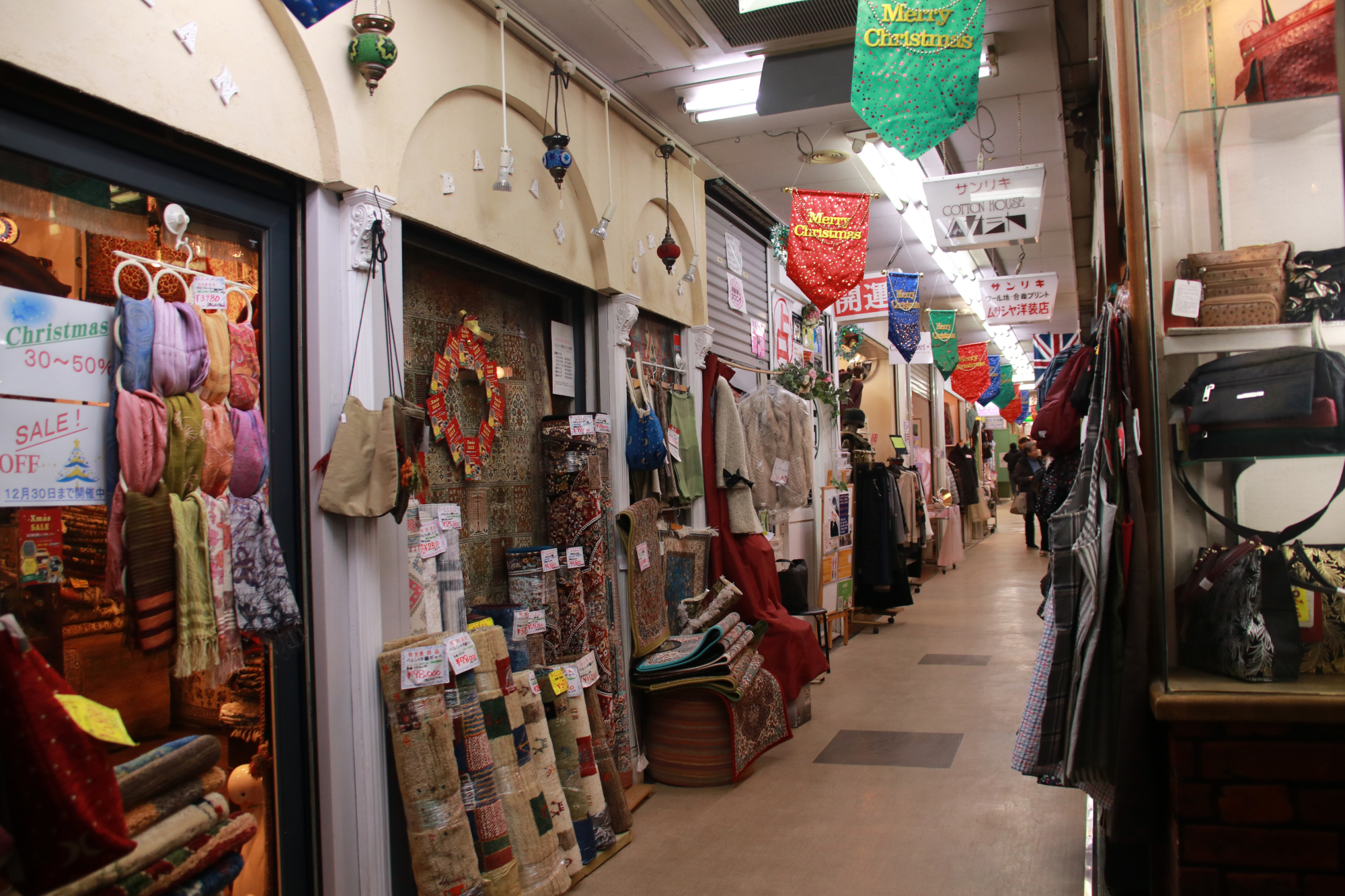Winter winds whistle as I exit Jiyugaoka Station in Tokyo's Meguro Ward, surrounded by a flock of boisterous high school students in black uniforms. Their joyous chatter as we walk into brilliant sunshine at the station's main exit reminds me that the station and area was named in 1930 for a nearby high school, Jiyugaoka Gakuen.
Jiyugaoka Gakuen was an early example of the Taisho Jiyu Kyoiku Undo (Taisho Free Education Movement), a new form of education in Japan that changed from authoritarian classrooms to student-centered learning, initiated in the Taisho Era (1912-26). The Japanese characters for Jiyugaoka, which literally mean "freedom hill," were chosen to fit the school's philosophy. However much they may apply to the area today, Jiyugaoka was not the station's original name.
In 1927, when the brand-new Toyoko Line tracks were first laid through the agricultural fields in southern Meguro, the station was dubbed Kuhonbutsu-mae, to honor nearby Kuhonbutsu Joshinji temple. The only problem, I learn through a brief telephone chat with Meguro Ward Office historian Naomi Saito, was that the Oimachi Line, built soon after, included a stop directly in front of the temple.

















With your current subscription plan you can comment on stories. However, before writing your first comment, please create a display name in the Profile section of your subscriber account page.